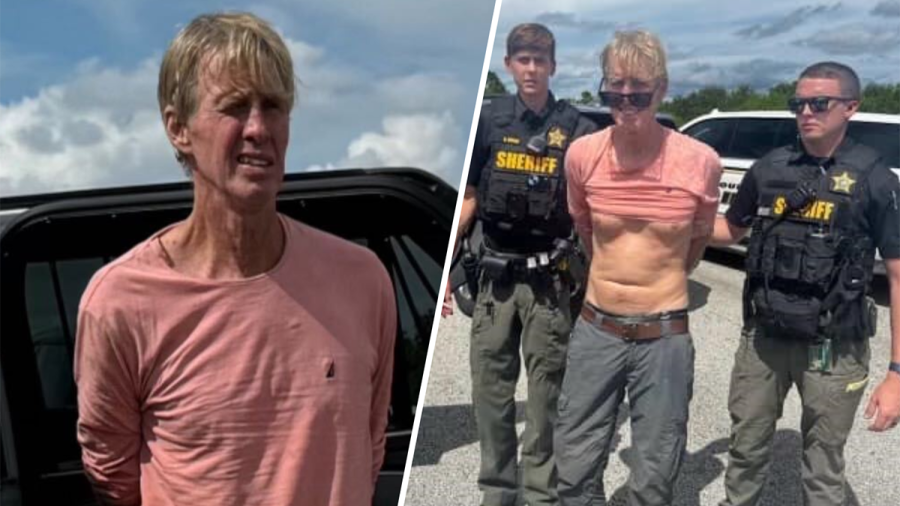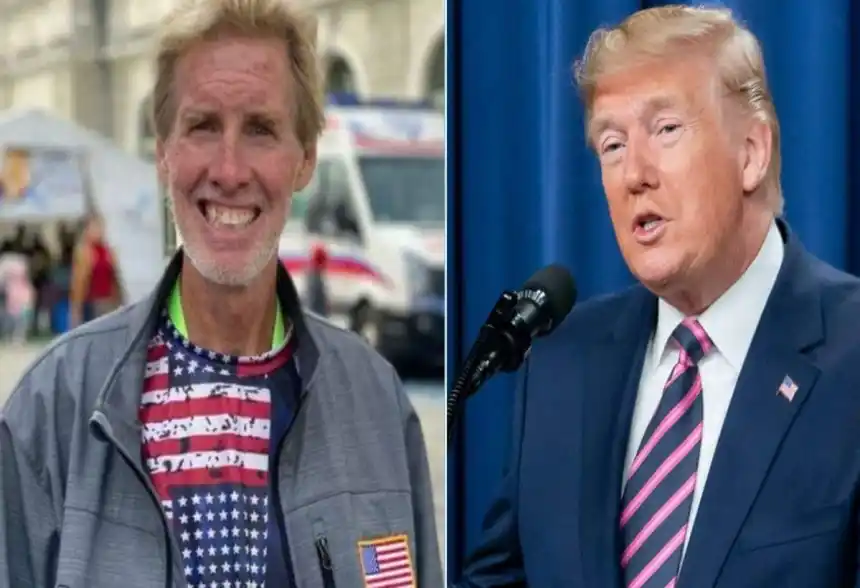The suspect in the alleged assassination attempt on former President Donald Trump did not fire any shots during the incident, according to a statement from the Secret Service. This revelation came during a briefing by Acting Director Ronald Rowe Jr., shedding new light on the events that transpired at Trump’s golf course in July.

“The subject who did not have a line of sight to Mr. Trump fled the scene. He did not fire any shots at our agent,” Rowe emphasized, clarifying the sequence of events. The incident unfolded when a Secret Service agent, conducting a routine area sweep, spotted the alleged gunman and “immediately discharged his firearm.” The suspect then fled without returning fire.
Rowe detailed the agency’s response to the threat, stating, “In the days that followed, Joe Biden made it clear he wanted the highest levels of protection for Mr. Trump and Kamala Harris. The Secret Service moved to sustain increases in assets and the level of protection sought, and those protections were in place yesterday.”
The briefing also revealed that Trump was swiftly moved to a secure location following the incident, underscoring the effectiveness of the enhanced security measures.

FBI Special Agent in Charge Jeffrey B. Veltri provided additional context about the suspect, identified as Ryan Routh. “Cellular data shows he was in the vicinity of the golf course 12 hours before the engagement with the Secret Service,” Veltri stated. He also noted Routh’s “active online presence,” indicating that investigators are currently analyzing his social media activity.
In a significant disclosure, Veltri revealed that Routh had previously been the subject of an FBI tip. “I can also share with you he was the subject of a previously closed 2019 tip to the FBI where it was alleged he was a felon in possession of a firearm,” he said. This information raises questions about potential missed warning signs and the handling of prior intelligence.
The fact that the suspect did not discharge a weapon during the incident highlights the effectiveness of the Secret Service’s rapid response and preventive measures. It also underscores the importance of ongoing vigilance and intelligence gathering in protecting high-profile political figures.
As the investigation continues, authorities are piecing together Routh’s movements and motivations in the lead-up to the incident. The thwarted attempt, despite the absence of gunfire from the suspect, has prompted a reassessment of security protocols for current and former political leaders.



